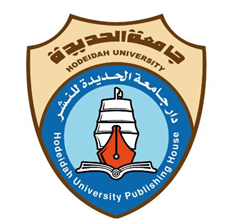FT-IR, NMR spectral analysis and theoretical NBO, FMOs, UV-Vis analysis of 7,7',8,8'-tetracyanoquinodimethane (TCNQ) in its ground and excited states by DFT and CIS methods
DOI:
https://doi.org/10.59846/ajbas.v2i2.483Keywords:
TCNQ, DFT, CIS, molecular structure, NMR, vibrational asssignement, natural atomic charge, NBO, FMOs, UV-Visible analysis.Abstract
The Gaussian 03W program has been used for theoretical computations to compute optimal geometry, nuclear magnetic resonance (NMR), vibrational frequencies, natural atomic charges, natural bond orbital,( NBO), frontier molecular orbitals (FMOs), Ultraviolet-Visible (UV-Vis) analysis at DFT/B3LYP/6-31G(d) and ab initio CIS/6-31G(d) methods for 7,7',8,8'-tetracyanoquinodimethane (TCNQ) (C12H4N4) in the ground as well as in the excited states. The 1H, 13C and 15N NMR and further research is done on other molecular characteristics. The scaled vibrational frequencies and published works have been compared. The title molecule's infrared spectra are provided with a complete interpretation. In addition, stability of the molecule arising from hyperconjugative interactions. NBO analysis has been used to analyze charge delocalization. The findings demonstrate that charge in electron density (ED) in the anti- bonding orbitals and E(2) energies verifies that intra-molecular charge transfer (ICT) is occurring within the molecule. The highest occupied molecular orbitals (HOMOs) and the lowest unoccupied molecular orbitals (LUMOs) energies that were computed demonstrate that charge transfer takes place inside the molecule.. Finally, the UV-Vis spectrum was measured in gas phase.
Downloads
Published
Versions
- 30-12-2023 (2)
- 30-12-2023 (1)
How to Cite
Issue
Section
License
Copyright (c) 2023 Sabah Yahya Huthaily

This work is licensed under a Creative Commons Attribution 4.0 International License.





